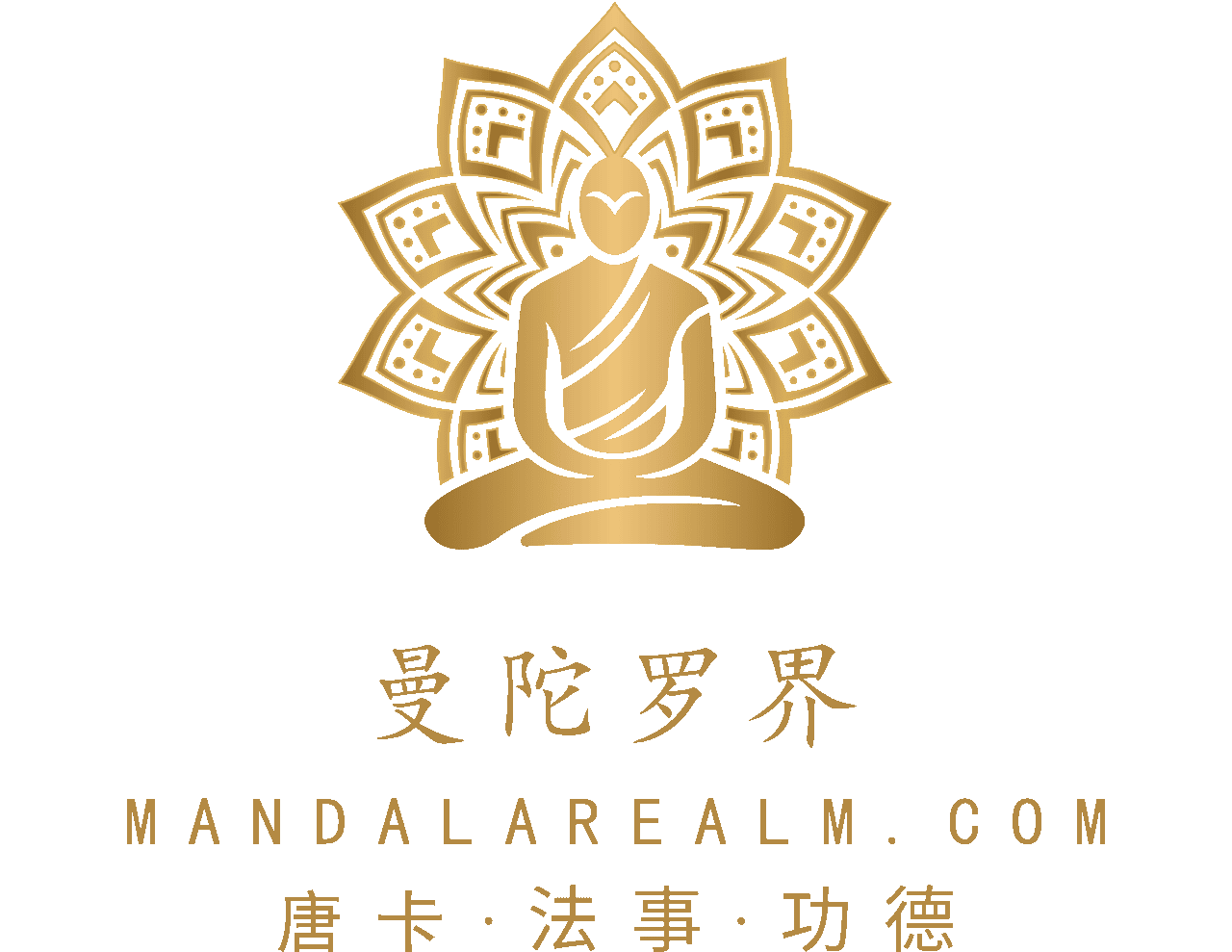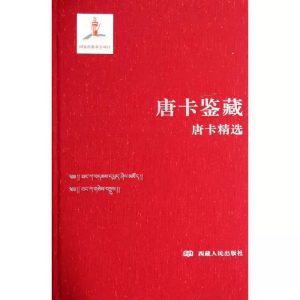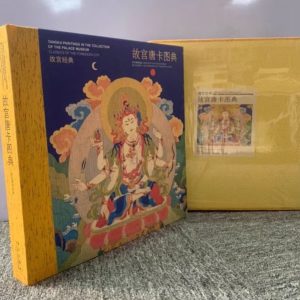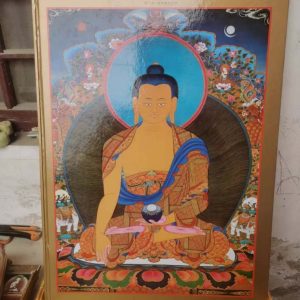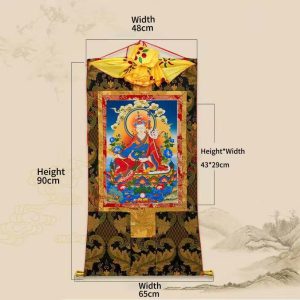Tibetan Thangka Art: A 700-Year-Old Spiritual Treasure Now in Your Home
Opening: A thousand-year journey from the Himalayas to a London auction house
In April 2024, a 19th-century Tibetan thangka was sold at a Berlin auction house for 1,200 euros. The six-armed Mahakala statue in the painting, interwoven with gold foil and mineral pigments, amazed collectors with its well-preserved colors – this is the magic of thangka art: using natural materials to resist the erosion of time.
Today, this sacred art that was once enshrined in Tibetan Buddhist temples is entering homes around the world through modern collections. Unlike ordinary decorative paintings, each thangka is a “hangable meditation tool” that the painter spends months to complete with delicate brushstrokes like hair.
Why did Tibetan thangkas conquer Western collectors?
1. Material science: the eternal code of nature
The secret of not fading for thousands of years: Traditional thangkas use ground mineral pigments such as gold, silver, turquoise and cinnabar, which is in sharp contrast to modern chemical pigments. In 2023, a miniature thangka (6.5×8 cm) from the early 20th century was auctioned in Mongolia and sold for $180 because of the gold extracted from saffron.
Energy carrier: Inlays such as agate and dzi beads are regarded as amulets in Tibetan culture, which coincides with the concept of Western crystal healing.
2. Spiritual symbolism: a symbolism older than the Renaissance
Visual mandala: the main deity in the center (such as Sakyamuni and Green Tara) symbolizes enlightenment, and the 108 guardian deities around it echo the Buddhist cosmology – this structure is comparable to the rose window narrative in Christian churches.
Practical spirituality: Sarah, a New York collector, shared: “I gaze at the mandala pattern in the thangka for 10 minutes every day, and my anxiety index has dropped by 37%” (quoted from Mindful Living Magazine in 2024).
3. Investment value: art assets with an annual appreciation rate of 8%
According to data from Art Market Research:
The average price of thangkas in the early 20th century has risen from $800 in 2010 to $2,500 in 2023.
At an auction in California in 2020, a 22.5×33.5-inch Qing Dynasty thangka was sold for $3,200, 160% above the estimated price.
How to identify a collectible thangka?
Age identification: Works from the 19th/20th century are the most sought after (e.g. a 68×52 cm thangka sold in Berlin in 2024).
Craftsmanship details:
The real gold lines show a three-dimensional luster under a 45-degree light source.
The cotton backing should show natural wear and tear, not signs of aging.
Cultural origin: Works with a certificate from the Lhasa Barkhor Street Studio can be marked up by 30%.
Limited time experience: Let Himalayan energy activate your space
To celebrate the 15th anniversary of Tibetan Thangka being selected as an intangible cultural heritage by UNESCO, you can enjoy the following with your first order
Free consultation: Send a photo of your room to get a customized Thangka placement plan (based on Tibetan Feng Shui)
Collection gift: With a purchase of $500 or more, you can receive a free e-book “Thangka Meditation Guide” + free global DHL shipping
Why choose us?
“Palace-level craftsmen”: We exclusively cooperate with the three major thangka families in Lhasa, including the national intangible cultural heritage inheritor Danba Redan (who once restored the Qing Dynasty murals in the Potala Palace) and the Tibetan arts and crafts master Gesang Tsering (whose works are collected by the British Museum). Each thangka is accompanied by a certificate signed by the master in Tibetan.
Museum-grade protection: Acid-free cotton roll packaging to avoid the crease problem common in auction houses.
Compliant transportation: Import duties are prepaid, and the arrival time is 3 times faster than international auctions (average 12 working days).
Cultural protection: Every order supports a young Tibetan painter apprentice.
